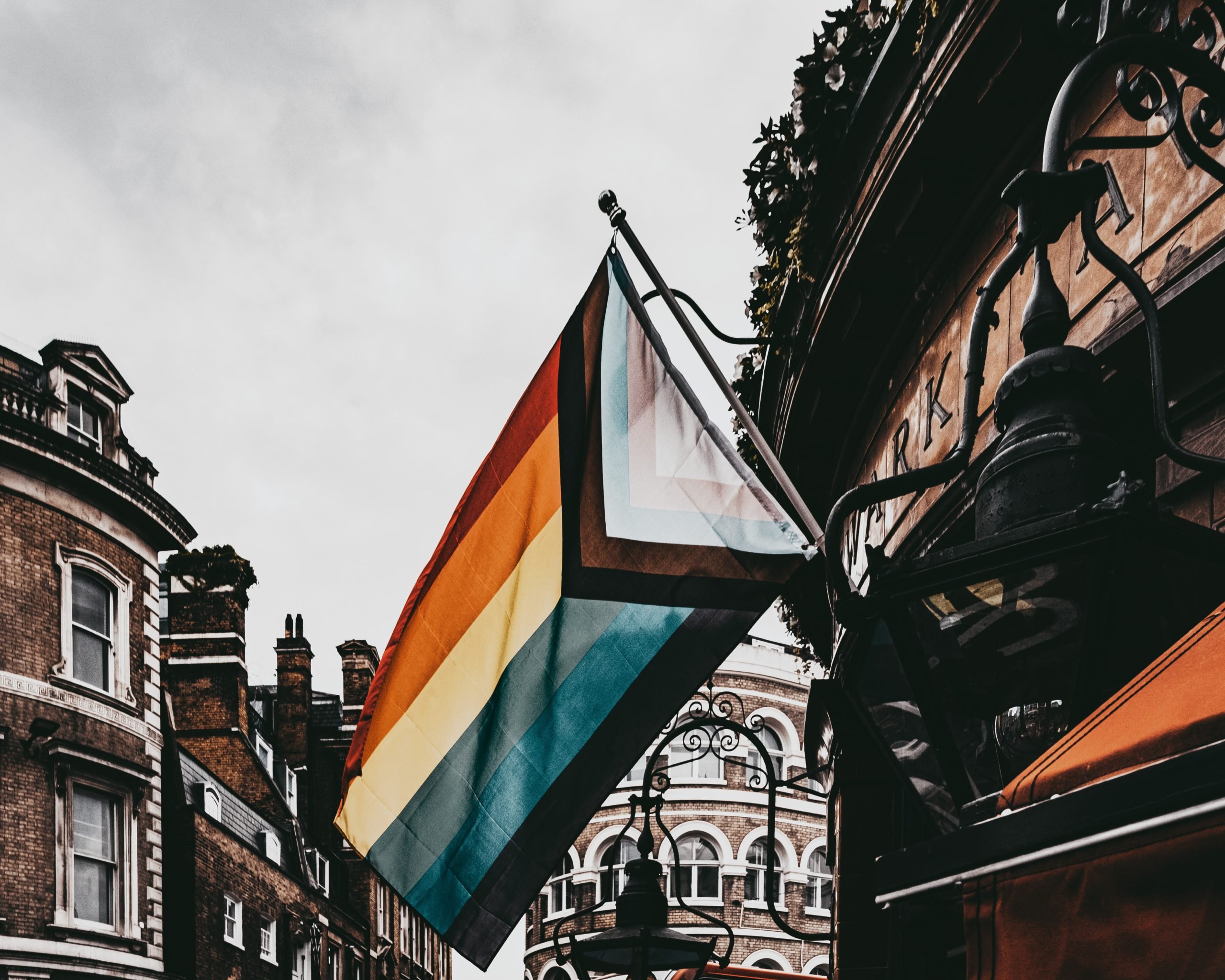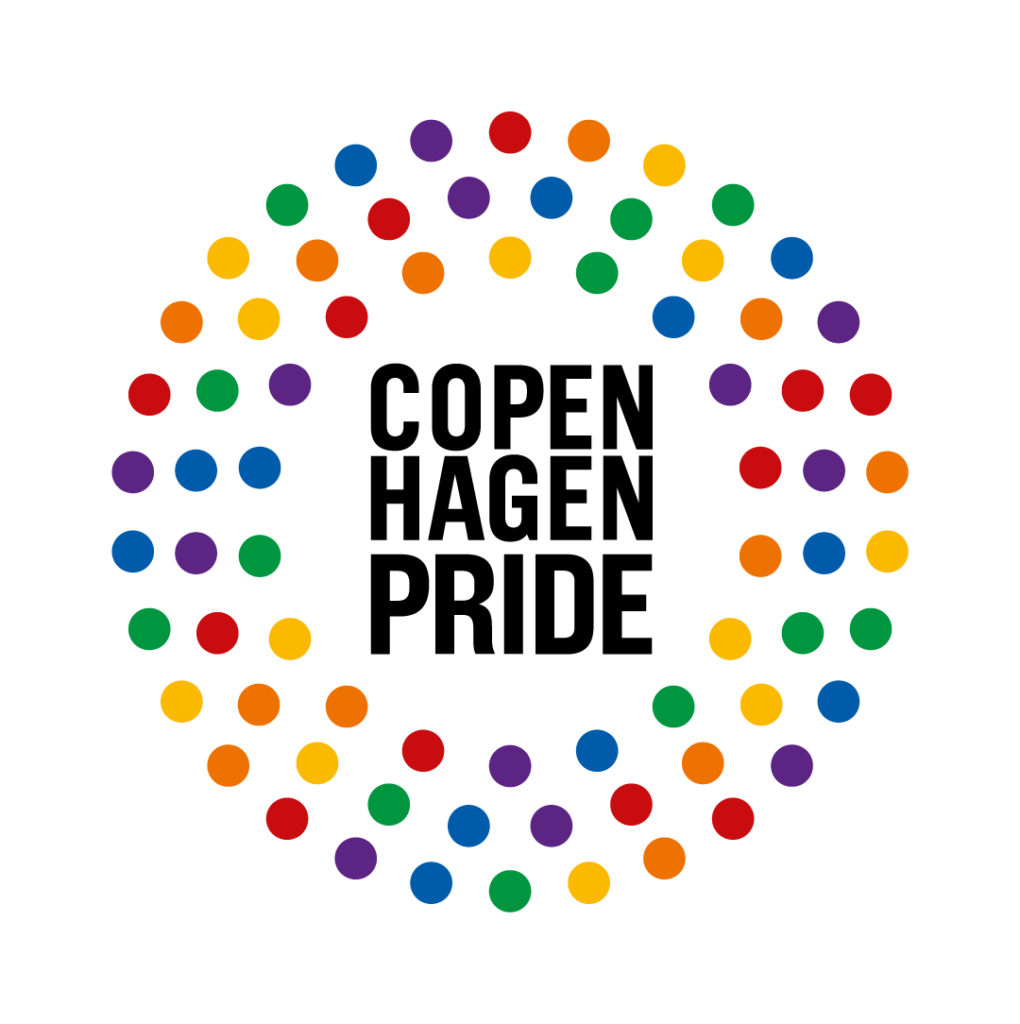
The origins and evolution of the Pride flag
Af Camilla Asra Engelby
Fotograf: Samuel Regan Asante via Unsplash
The first widely used rainbow flag was created by Gilbert Baker for the 1978 San Francisco Gay Freedom Day celebration on the request of gay San Francisco City Supervisor Harvey Milk.
The eight colours of the original Pride Flag represent:
- Hot pink – Sex
- Red – Life
- Orange – Healing
- Yellow – Sunlight
- Green – Nature
- Turquoise – Magic/Art
- Indigo – Serenity
- Violet – Spirit
Due to a lack of fabric when the demand for pride flags soared after the assassination of Harvey Milk on 27 November 1978, the pink colour was removed. In 1979, Baker intended to decorate street lamps with rainbow banners. To make the process easier, he decided to also remove the turquoise colour from the flag, so he could have a design with an even number of stripes flanking each lamp pole along the streets. This version is widely used to this day.
The Philadelphia Pride Flag or the ‘More colours, more pride’ flag
In 2017, the Philadelphia’s Office of LGBT Affairs led by civil rights activist Amber Hikes worked with the ad agency Tierny to redesign the flag to include two new stripes: black and brown. Those stripes were added to include and honour queer people of colour with the purpose of furthering inclusion in the community, and reflect Gilbert’s wish that the flag should continue to evolve. This flag is known as the Philadelphia Pride Flag or Philly Pride Flag.
The Progress Pride Flag
The progress flag was designed in 2018 by graphic designer Daniel Quasar. The addition
of black, brown, light blue, pink, and white was meant to bring focus on inclusion and progress within the community by centering attention on marginalised people of colour, Trans identities and those living with HIV/AIDS including those we have lost. The Progress Pride Flag became widely used in the #BlackLivesMatter protests that followed the murder of George Floyd.
The intersex-inclusive flag
In 2021, designer Valentino Vecchietti of Intersex Equality Rights UK adapted the Pride Progress flag design to incorporate the intersex flag, creating the Intersex-Inclusive Pride flag.
More info:
Queer X Design – 50 Years of Signs, Symbols, Banners, Logos, and Graphic Art of LGBTQ (2019) by Andy Cambell



